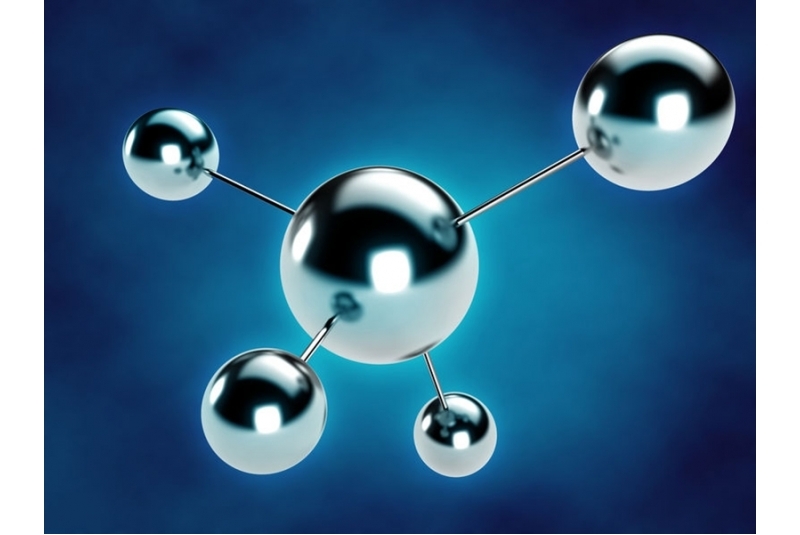HRP Conjugation Kit
Horseradish peroxidase (HRP) is a 44 kDa glycoprotein that can be modified to
crosslink with antibodies or other proteins, without compromising the enzymatic
activity. HRP conjugates can be widely used in ELISA, western blotting and IHC
due to its enzymatic characteristics. Croyez HRP Conjugation Kit is designed for HRP conjugation of a small quantity (10 μg-1 mg) of antibody or protein. It provides a rapid and easy process with high efficiency to conjugate HRP to antibody or protein. The kit provides all the necessary components and high-activity HRP for conjugation.
crosslink with antibodies or other proteins, without compromising the enzymatic
activity. HRP conjugates can be widely used in ELISA, western blotting and IHC
due to its enzymatic characteristics. Croyez HRP Conjugation Kit is designed for HRP conjugation of a small quantity (10 μg-1 mg) of antibody or protein. It provides a rapid and easy process with high efficiency to conjugate HRP to antibody or protein. The kit provides all the necessary components and high-activity HRP for conjugation.
Component:
Stability & Storage:
-20°C or -80°C for 12 months under sterile conditions from date of receipt.
Note:
Common non-buffering salts (e.g., sodium chloride) do not affect conjugation efficiency. Avoid buffer components containing primary amine (e.g., amino acid or ethanolamine) and thiols (e.g., 2-Mercaptoethanol or DTT).
Components that have no effect or little effect on labeling reaction:
Blue ice
| C08001-10 | C08001-100 | C08001-1000 | |
| HRP | 1 vial | 1 vial | 1 vial |
| 10X Modifier | 1 vial | 1 vial | 1 vial |
| Reduction reagent | 1 vial | 1 vial | 1 vial |
| 10X Quencher | 1 vial | 1 vial | 1 vial |
Stability & Storage:
-20°C or -80°C for 12 months under sterile conditions from date of receipt.
Note:
Common non-buffering salts (e.g., sodium chloride) do not affect conjugation efficiency. Avoid buffer components containing primary amine (e.g., amino acid or ethanolamine) and thiols (e.g., 2-Mercaptoethanol or DTT).
Components that have no effect or little effect on labeling reaction:
- up to 20 mM Tris
- up to 10% glycerol
- up to 0.02% sodium azide
Blue ice
Antibody concentrations of 1-4 mg/mL generally give optimal results.
Recommended amount and volume of antibody for optimal results.
| Kit size | Antibody amount | Reaction volume |
| 10 μg | 10-20 μg | 4-20 μL |
| 100 μg | 100-200 μg | 40-200 μL |
| 1 mg | 1-2 mg | 400-2000 μL |
HRP conjugation protocol
1. Dissolve antibody in PBS or other buffer that do not contain amine, Tris, NaN3 or glycerol. Add 10X Modifier to antibody (e.g. 1 μL of 10X HRP modifier for 9 μL of antibody).
2. Spin down the vial of HRP before use.
3. Make sure all buffers are well dissolved before use. If not, please vortex the vial to make salts dissolved.
4. Remove cap of the vial of HRP and pipette antibody into the vial. Mix gently by pipetting several times.
5. Cover the cap on the vial and incubate in the dark at room temperature for 3 hours.
6. After incubating, add 1/20 volume of Reduction reagent (e.g. 1 μL of reduction reagent for 20 μL of antibody-HRP mixture) and mix gently by pipetting. Incubate at room temperature for 30 minutes.
7. Add 10X Quencher (e.g. 1 μL of 10X Quencher for 9 μL of antibody-HRP mixture) and mix gently by pipetting. The conjugates can be used after 30 minutes.


